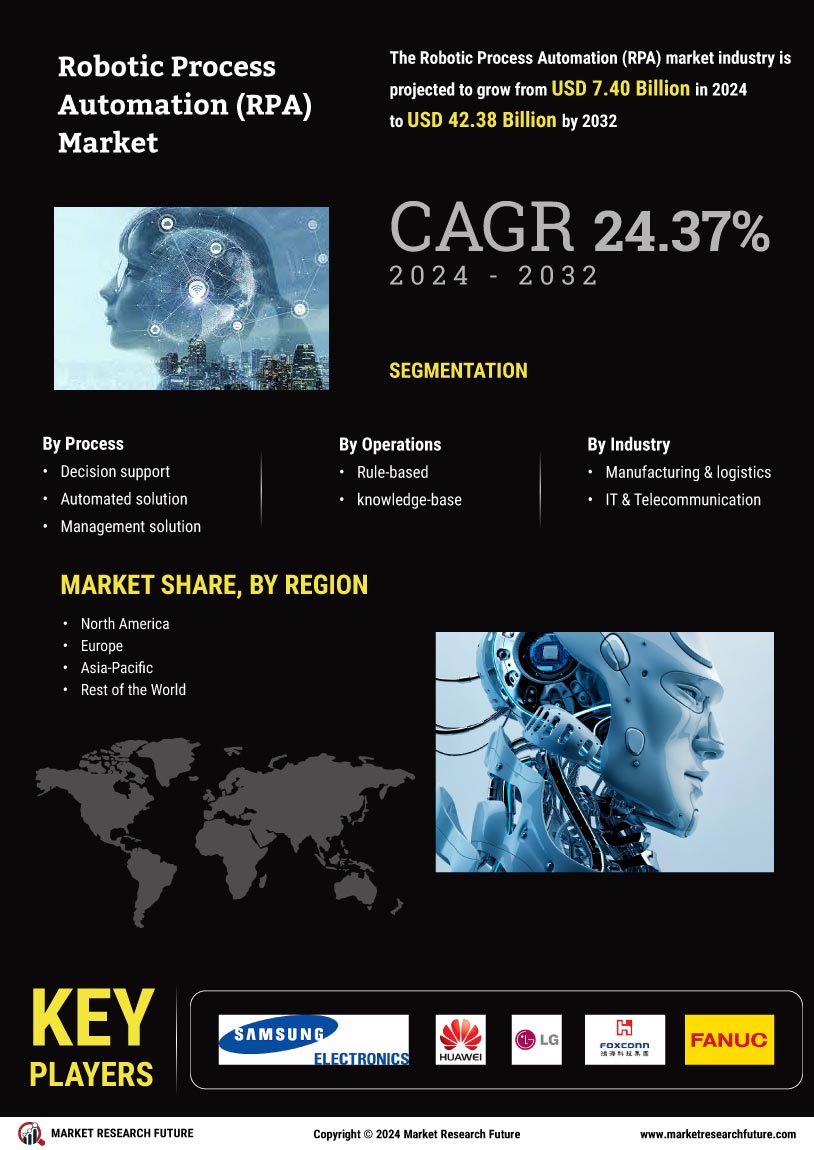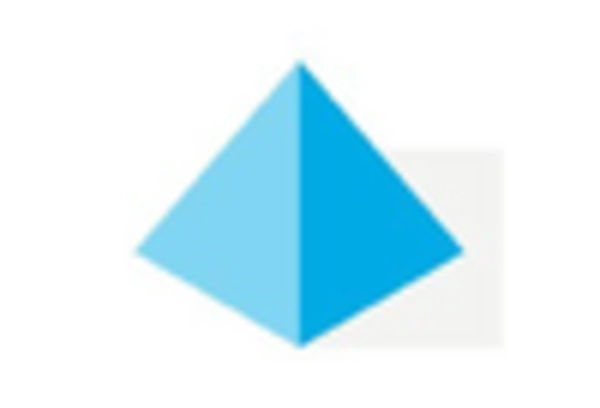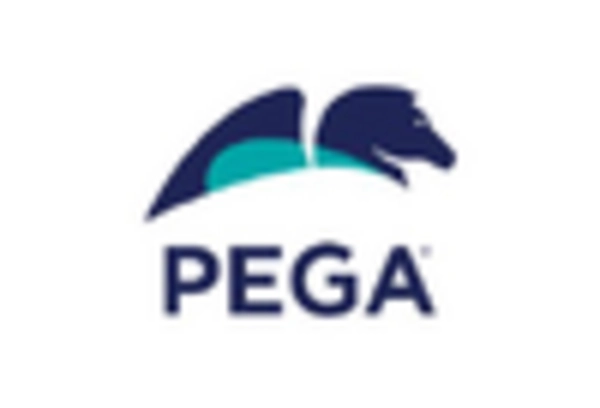Leading market players are investing heavily in research and development in order to expand their product lines, which will help the Robotic Process Automation Market (RPA) market, grow even more. Market participants are also undertaking a variety of strategic activities to expand their global footprint, with important market developments including new product launches, contractual agreements, mergers and acquisitions, higher investments, and collaboration with other organizations. To expand and survive in a more competitive and rising market climate, Robotic Process Automation Market (RPA)industry must offer cost-effective items.
Manufacturing locally to minimize operational costs is one of the key business tactics used by manufacturers in the global Robotic Process Automation Market (RPA) industry to benefit clients and increase the market sector. In recent years, the Robotic Process Automation Market (RPA) industry has offered some of the most significant advantages to AI industry.
Major players in the Robotic Process Automation Market (RPA) market, including Nachi Robotic System Inc. (U.S.), Nice Systems Ltd. (Israel), Pegasystems (US), Redwood Software (U.S.), Yaskawa Electric Corporation(Japan), Denso Wave Incorporation (U.S.), KUKA Robotics (Germany), and others, are attempting to increase market demand by investing in research and development operations.
Broadcom Inc. is an American company that designs, develops, manufactures, and distributes a vast array of semiconductor and infrastructure software products worldwide. Broadcom serves the data centre, networking, software, broadband, wireless, storage, and industrial markets with its product offerings. Previously representing the former Avago, the ticker symbol AVGO now represents the newly merged entity.
The BRCM ticker symbol for Broadcom Corporation has been retired. Initially, the consolidated entity was known as Broadcom Ltd. before adopting its current moniker. In 2022, VMware, a provider of virtualization and cloud computing software, will be acquired by Broadcom for $61 billion in a combination of cash and stock, with $8 billion of VMware's debt assumed by Broadcom.[68][69][70] It was an offer for Broadcom to acquire a third significant software company, following CA Technologies and Symantec.
Samsung Group, or simply Samsung, is a multinational manufacturing conglomerate based in Samsung Town, Seoul, South Korea. It is the largest chaebol in South Korea and consists of numerous affiliated businesses, the majority of which are united under the Samsung brand. Throughout the following three decades, the group diversified into food processing, textiles, insurance, securities, and retail. In 2023, Samsung announced its intention to reduce memory device production. This action is a result of the company's projected quarterly operational profit decline of 96%, from 14 trillion won in 2022 to 600 billion won in 2023.
This decline is the result of lacklustre demand in recent years and a slowing global economy. Despite this decision, the company's stock rose more than 4 percent.

















Leave a Comment